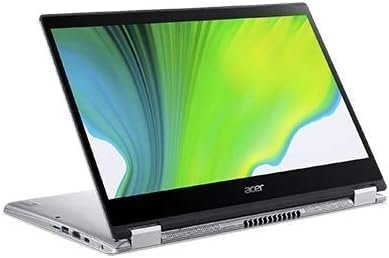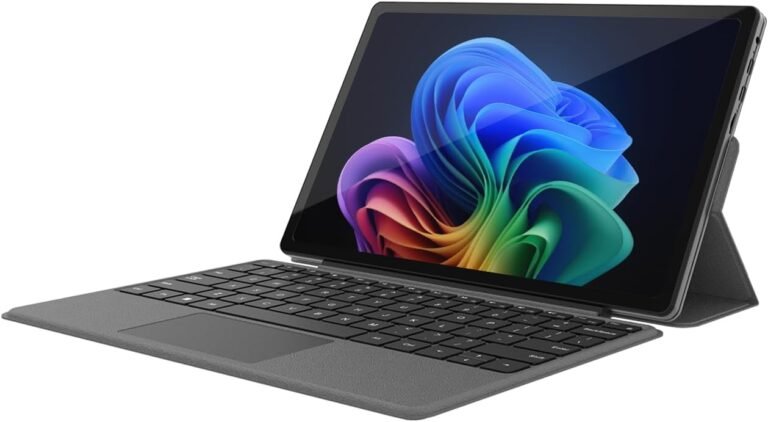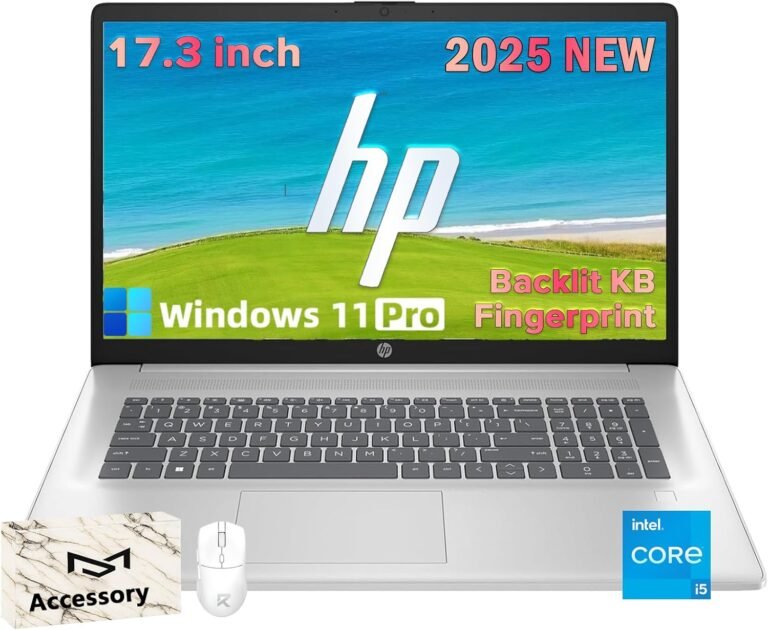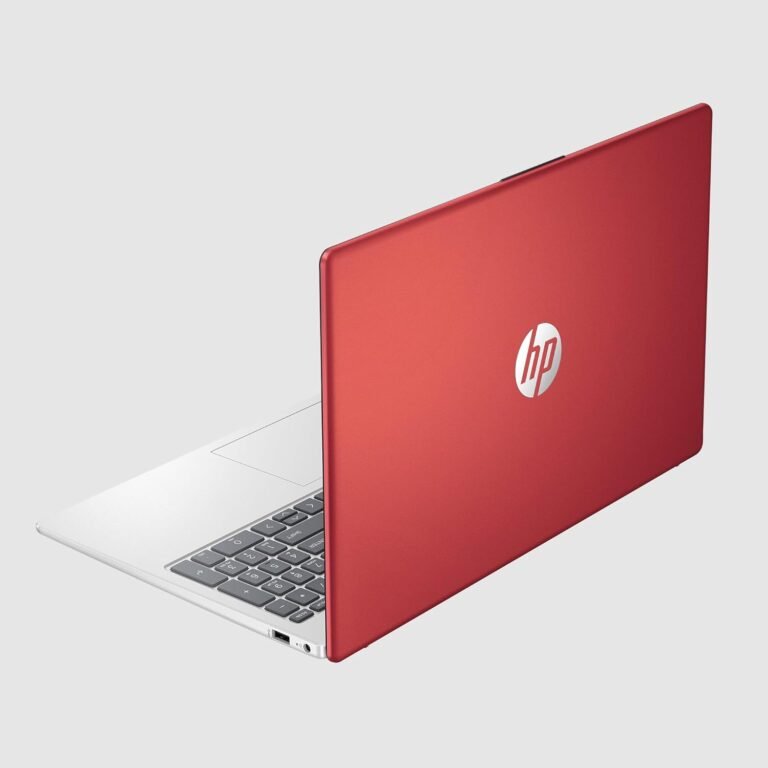
In today’s fast-paced digital world, staying connected is crucial whether you’re on an outdoor adventure, experiencing a power outage, or simply away from traditional charging sources. A backup power bank serves as a reliable lifeline to keep your devices charged and functional. This guide explores everything you need to know about using backup power banks effectively to enjoy uninterrupted charging whenever and wherever you need it.
What is a Backup Power Bank?
A backup power bank is a portable battery pack designed to recharge your electronic devices without requiring a wall outlet. These compact units store electrical energy in internal batteries, typically lithium-ion, allowing you to recharge smartphones, tablets, laptops, and other gadgets multiple times while on the go.
Power banks vary in capacity, measured in milliampere-hours (mAh), which determines how many charges they can provide before needing a recharge themselves. Capacities generally range from around 3,000mAh to over 50,000mAh, catering to different needs—from supplemental phone charging to powering larger devices.

How to Use a Backup Power Bank Effectively
Using a power bank is straightforward, but following some best practices ensures the best performance and durability.
-
Fully Charge Before Use
Before your first use or during prolonged storage, fully charge your power bank to maximize capacity. This ensures it’s ready when you need it, especially during unexpected power interruptions. -
Monitor Battery Levels
Most power banks feature LED indicators or digital displays. Always check the charge level before heading out to avoid being caught with a drained power bank. -
Connect Your Device Properly
Use the correct cable compatible with both your device and the power bank’s output port. Common connections include USB-A to USB-C or Lightning cables. Proper connections help ensure efficient charging and prevent wear and damage. -
Start Charging
Some power banks start charging as soon as a device is connected, while others require pressing a power button. Refer to your power bank’s manual to understand its operation. -
Keep an Eye on Charging
While modern power banks include safety features like overcharge and short circuit protection, monitoring the charging process is prudent. Disconnect your device once fully charged to conserve power. -
Recharge the Power Bank Promptly
After use, recharge your power bank at your convenience so it’s always ready for your next trip or emergency.
Choosing the Right Backup Power Bank for Your Needs
Selecting a power bank depends on your specific power requirements and lifestyle. Consider these factors:
-
Capacity: A higher capacity (e.g., 10,000mAh or more) allows multiple charges but adds weight and bulk. For everyday phone charging, 5,000 to 10,000mAh suffices; for extended trips or multiple devices, higher capacity is beneficial.
-
Output Ports: If you need to charge several devices simultaneously, choose a model with multiple output ports.
-
Charging Speed: Look for power banks supporting fast charging technologies, such as USB Power Delivery (PD) or Quick Charge, for faster device replenishment.
-
Portability: Slim and compact designs sacrifice some capacity but offer better convenience for daily carry.
-
Safety Features: Opt for reputable brands offering safeguards against overheating, overcharging, and electrical faults.
-
Additional Features: Some power banks offer solar charging, wireless charging, built-in cables, or rugged designs suitable for outdoor adventures.
Storing and Maintaining Your Backup Power Bank
To ensure your power bank remains reliable over time:
-
Store at Partial Charge: If unused for long periods, keep the power bank at around 50% charge to preserve battery health.
-
Avoid Extreme Temperatures: Exposure to heat or cold can damage the battery and reduce lifespan.
-
Use Quality Cables: Cheap cables may cause slow or inconsistent charging and could harm your devices or the power bank.
-
Regular Use: Lithium-ion batteries function best with periodic use. Recharge the power bank at least once every month.
-
Keep Ports Clean: Dust and debris can obstruct connections; clean ports gently to maintain good contact.
Using Battery Backups vs. Power Banks: Understanding the Difference
It’s useful to distinguish between regular power banks and larger battery backups (like office-style UPS units):
-
Power Banks: Compact and portable, ideal for charging small devices like phones and tablets.
-
Battery Backups (UPS): Designed primarily to provide short-term power to desktop equipment during outages, often bulkier and more expensive.
While some battery backups can be used to charge devices in emergencies, they’re generally less convenient and affordable compared to dedicated power banks. For casual users seeking to power phones or laptops during outages, investing in a quality power bank is often more practical.
Troubleshooting Common Power Bank Issues
If your power bank isn’t performing as expected:
-
Not Charging: Check cables and the power source. Replace faulty cables first.
-
Slow Charging: Use certified, high-quality cables and ensure your device supports fast charging.
-
Disconnects Mid-Charge: This safety feature prevents overheating—let the unit cool before resuming.
-
Devices Not Recognized: Clean ports and try alternate cables if your device won’t start charging.
-
Power Bank Overheating: Disconnect immediately and avoid using if heat persists.
The Future of Backup Power Banks
Advancements in technology continue to enhance portability and efficiency:
-
Faster Charging: Gallium Nitride (GaN) chargers and enhanced battery tech enable quicker recharge cycles.
-
Wireless Charging: Increasing models support wireless power for convenience.
-
Smart Features: Companion apps help monitor battery health and usage.
-
Eco-Friendly Designs: Emerging power banks use recycled materials and incorporate solar panels for sustainable charging.
Conclusion
A backup power bank is an indispensable accessory to power your devices under any circumstance—whether during travel, in emergency power outages, or simply on a busy day out. By understanding how to properly select, use, and maintain your power bank, you can ensure uninterrupted connectivity and peace of mind. Empower your adventures and daily life by harnessing the convenience of portable charging, keeping your devices ready when you need them most.









